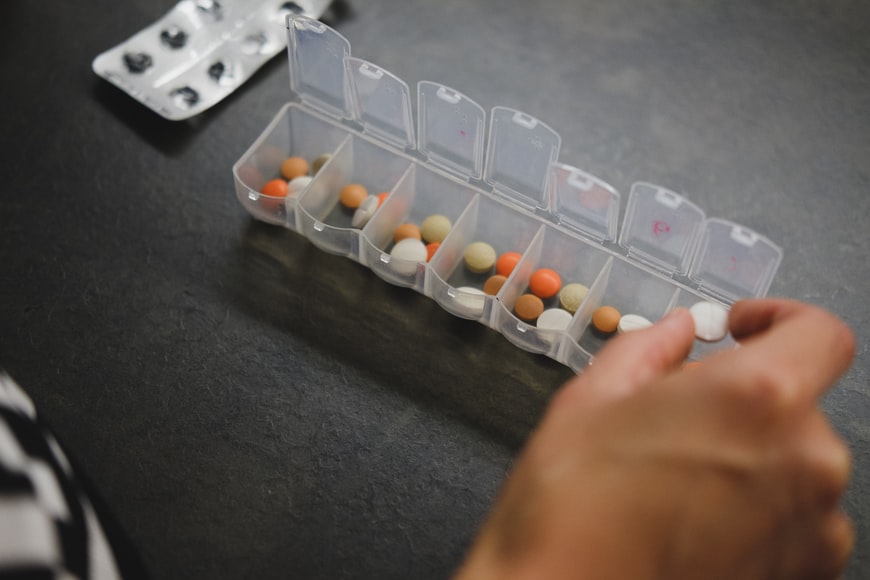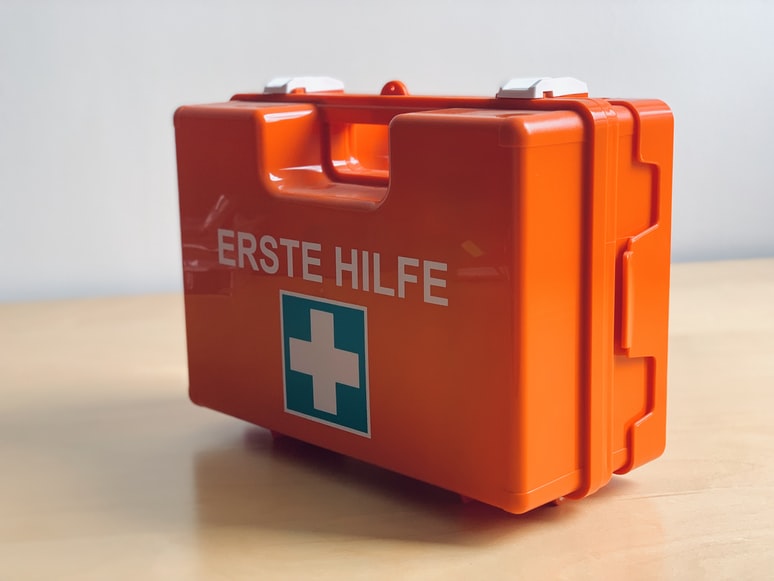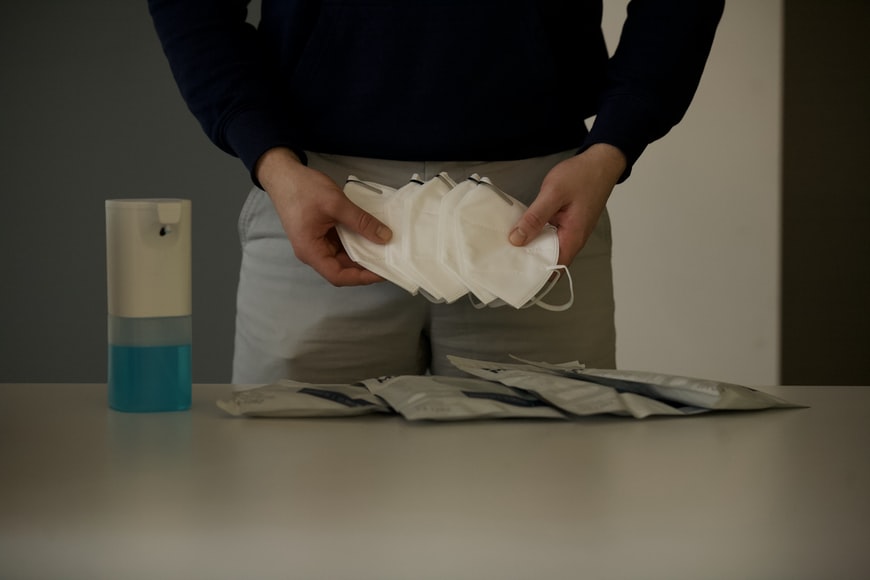How To Prepare For Medical Emergencies At Home
Medical emergencies could be completely unexpected. After all, no one would’ve expected you to slice your hand open while preparing lunch or how the water you’re boiling spilled too much and burned your arm. On the other hand, you can say medical emergencies are also inevitable, especially when you’re living with someone who has a chronic condition.
But whether they’re likely to happen or not, experiencing a medical emergency is always a traumatizing experience. Although freezing up is a normal response, this won’t help resolve your medical crisis. What you need at this moment is a clear head and the readiness to take on what’s happening.
1. Educate Yourself
To prepare yourself, know what you’re going up against first. Doing so is crucial when someone in your home has a chronic condition or comorbidity. Educate yourself on what the condition entails for the person. It includes:
- Triggers
- Symptoms, and
- Medication
Being aware of what these are would help lessen the chance for any medical emergency to occur. Because if you find these problems draining, you can probably imagine how the victim feels each time this happens to them, especially if these flare-ups are avoidable in the first place.
However, if this condition is triggered by another element other than specific food or textures, the only way you can help them is through relief. For example, too much stress can already set off most health conditions. In this case, remind them about their medication (if they have any) and carry some of their load. After all, understanding is already a priceless quality no one could give away easily.
Going back from what’s mentioned earlier, medical emergencies don’t come from health conditions alone. They can happen at any time to anyone. So, what you can do is safe-proof the house, especially if you have a child around.
Store your cutlery safely somewhere children can’t reach. If possible, always keep an eye on your young ones. Keep the area around electronics dry. Wipe up any spills on the floor. Apply any safety precaution you’ve seen on the internet to prevent any accident that might require intensive medical attention.
2. Have Emergency Contacts

Many medical emergencies call for all hands on deck. Someone with a clear head should call 911 to relay the details correctly, another one to calm down the victim, and another to administer the necessary first aid procedure. However, if you’re the only other person in the house, the Call Push Shock method might seem impossible to do alone.
And that’s why you should add other people to your contact list. These people shouldn’t be limited to only blood relatives. As long as you trust them, you need to explain why you included them in your emergency numbers and catch them up on what they have to do if the need arises.
Besides you, the one with a health condition should also have an emergency contact list. However, if they’re left alone in the house, your neighbors’ numbers must be included, too. This way, someone nearby can get to them without dealing with unexpected hurdles like traffic jams.
Again, make sure you tell your potential emergency contact beforehand. Because what you don’t want to happen is a situation where you need help, so you call them up, only to put them on the spot—or worst—lead them to panic. If that happens, you now have two people to divide your attention.
So, tell the people you have in mind that you put them on your emergency list. Once you have their approval, inform them on what to do in case a medical emergency comes up. Now, they’ll be able to help on their own without stealing your attention from the patient.
On another important note, if the one with health conditions is a child, make sure to introduce them to their emergency contact first. As the adult in their life, introducing them will make the child trust such person more. But it would be better if the emergency contact is the child’s teacher or someone else in the same vein.
3. Take Up First Aid Courses
As soon as you call for help, go back to paying most of your attention to the victim. Because although some medical emergencies are already manageable with you making the victim comfortable, other situations will require more action from you.
A great example of this is having someone choking on their food or drowning in your backyard pool. In these situations, once you have the victim in your arms, the main goal here is to get them to expel any foreign object inside them.
And from what you’ve seen in media, all the rescuer has to do is hug the victim from behind, wrap their arms around their torso, and squeeze them repeatedly until they spit out the object. Another practice you might’ve watched is the rescuer laying out the victim flat on their back before they start pumping their chest with both hands, even pushing air inside them by doing mouth-to-mouth.
Respectively, these techniques are called the Heimlich maneuver and cardiopulmonary resuscitation. These help people who have objects obstructing their airways. Unfortunately, these same life-saving procedures could also deliver long-lasting injuries if done improperly.
Because as simple as these are, complications are still possible when done wrong. And the only risk present in these methods is you breaking the victim’s ribcage—or the breastbone, for the Heimlich maneuver. Since you don’t want to cause the victim more harm, take up training for first aid procedures.
Because of the internet, you don’t have to enroll in a class to do this. All you have to do is look up training videos done by professionals. Make sure you have the dummy to practice on before you try doing this to a living person, though. By familiarizing yourself with these chest compressions, you could save someone from choking, drowning, and even cardiac arrest.
Speaking of heart problems, specific medication might be involved when you don’t know how to do proper chest compression. However, the same problem applies: if you do it wrong, you’re likely to worsen the victim’s condition (and waste the medication). Luckily, there are also training videos available to teach you how to administer it. Once you do this correctly, you can save those with heart problems or anyone experiencing a nasty allergic reaction.
4. Create Your Kit

As long as you know how to use them, having first aid kits around the house can help you treat the victim’s wounds, thus, saving their life. Contained in these kits are the basics, such as:
- Bandages
- Rubbing alcohol
- Cotton balls (and swabs), and
- Thermometer
But if your household has someone living with a chronic condition, include specialty items in your kits. Of course, you can’t fit anything as big as an air concentrator. So, you can only have diagnostic tools in hand. Still, these products will be a big help in monitoring their condition.
5. Prepare A Go Bag
Although knowing these first aid procedures is extremely helpful, sometimes these aren’t enough to help the victim. Going to the hospital is a must in these situations. Typically, doctors recommend patients stay there overnight before getting discharged. Since you don’t want to go back-and-forth between places, always have a ‘go bag’ ready for you and the patient. It should contain:
- Medication
- Toiletries
- Extra clothes
- Snacks, and
- Any form of entertainment
Having this prepared beforehand will promise a quick process to travel to the hospital. And other than medical emergencies, these go bags are also essential for a hasty evacuation if any natural disaster occurs in the future.
6. Lay Out The Plan
Make sure you inform everyone on what to do. Educate kids on why they need to call 911 or their emergency contacts if a medical emergency happens with no adults around. While children would be extremely helpful in such a situation, you might think otherwise when the victim needs to be rushed to the hospital.
Having children in this scenario will only be an extra concern. So, you need to watch over the victim on your own while they’re confined. However, from the panic you felt earlier up to that moment, exhaustion would be creeping right around the corner.
Once this happens, call someone from your emergency contacts who you’ve already informed beforehand to replace you there. This way, you can come back home to get some rest before switching places as soon as you’re fully charged.
Ready To Go
Medical emergencies never stopped always terrify everyone involved. Still, be that as it may, you need to act fast if you want to save the victim. And the best way to do that is to prepare yourself to handle the situation readily.
Read Also:
- Road To Recovery: 8 Tips For A Healthier You After Illness Or Injury
- What Are Cankles And How To Get Rid Of Them – All You Need To Know
- Tri-Pseudaphed Tablets Review, Benefits, Side effects, Cost & Is It Safe?
- Toothache: Why It Is Considered A Dental Emergency



